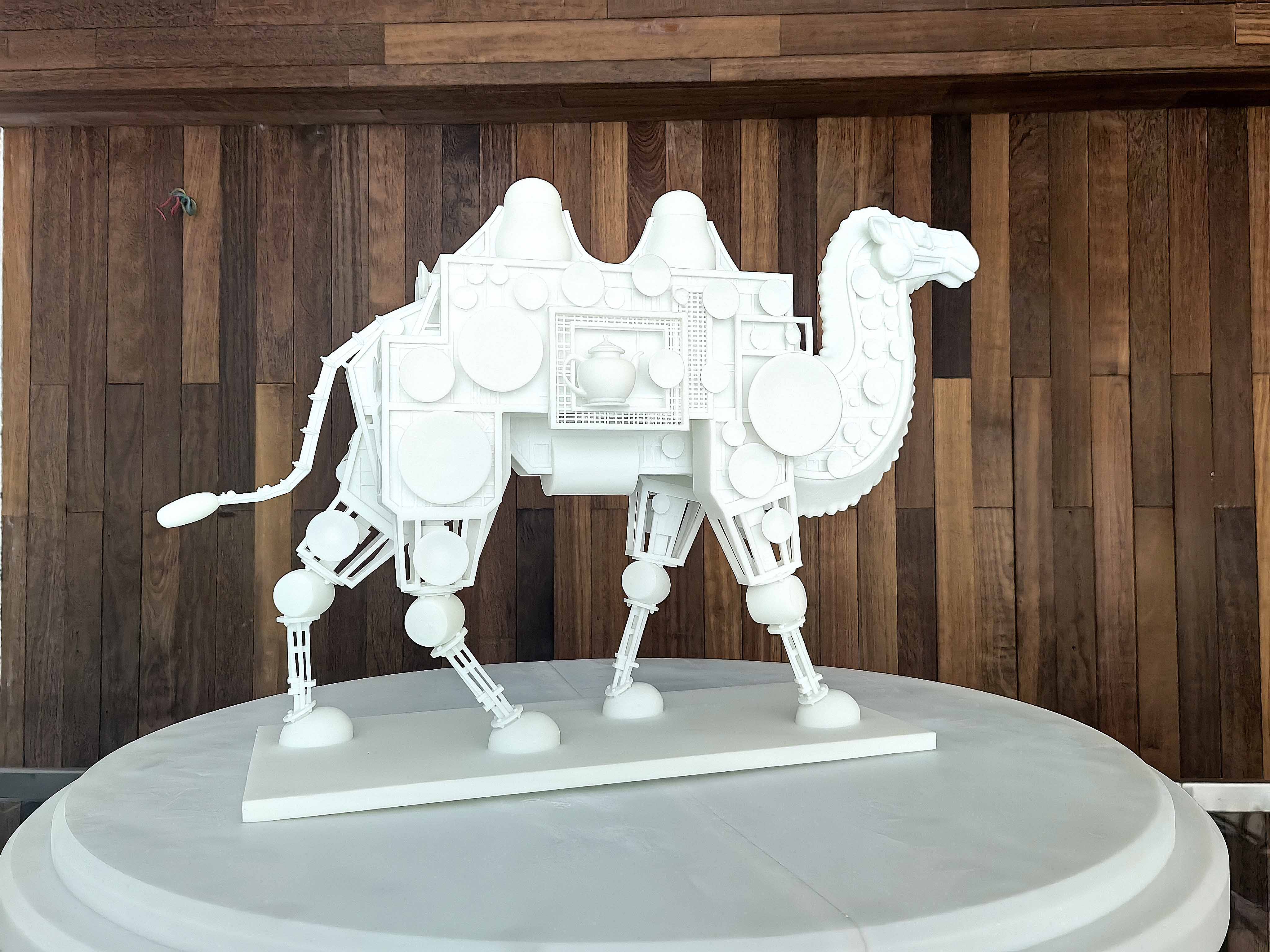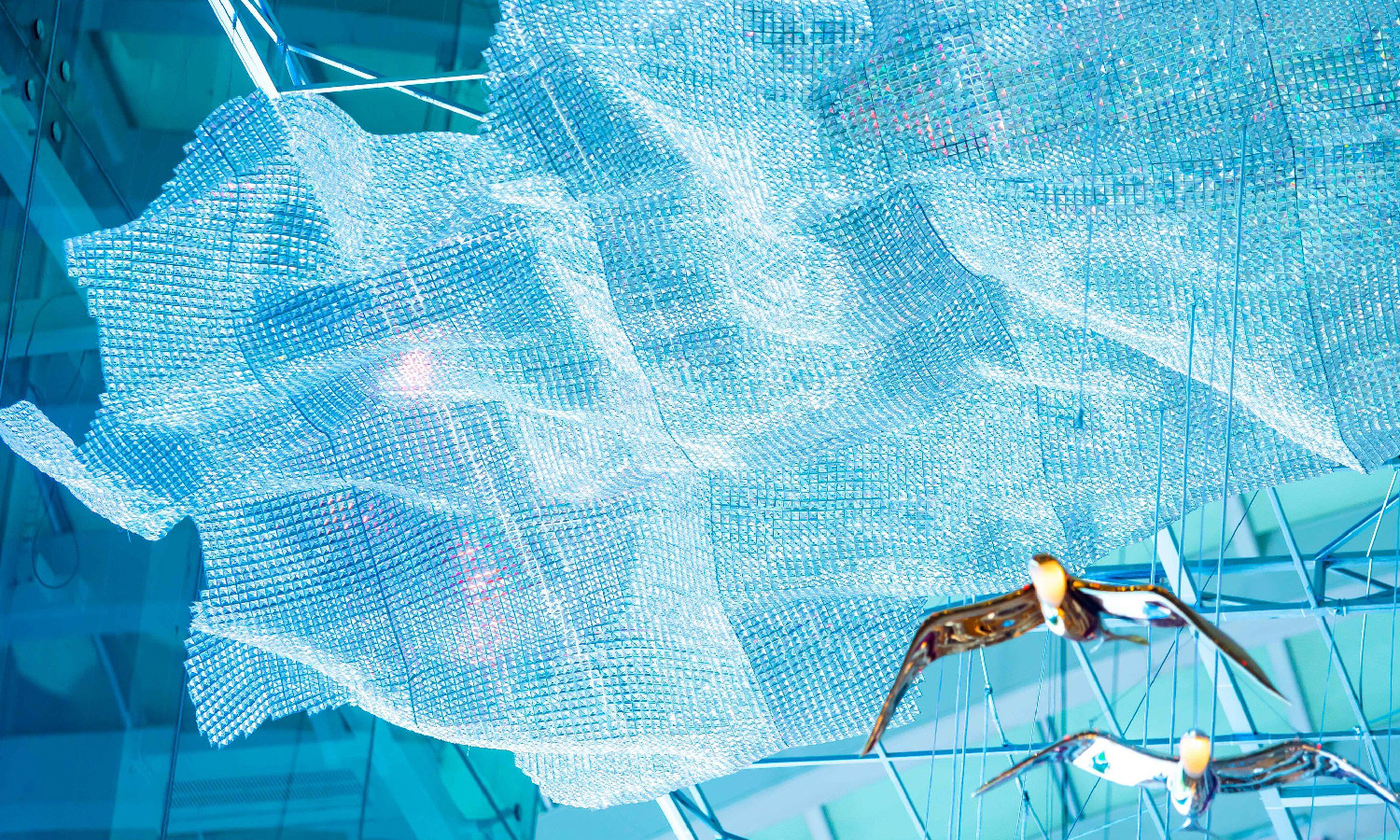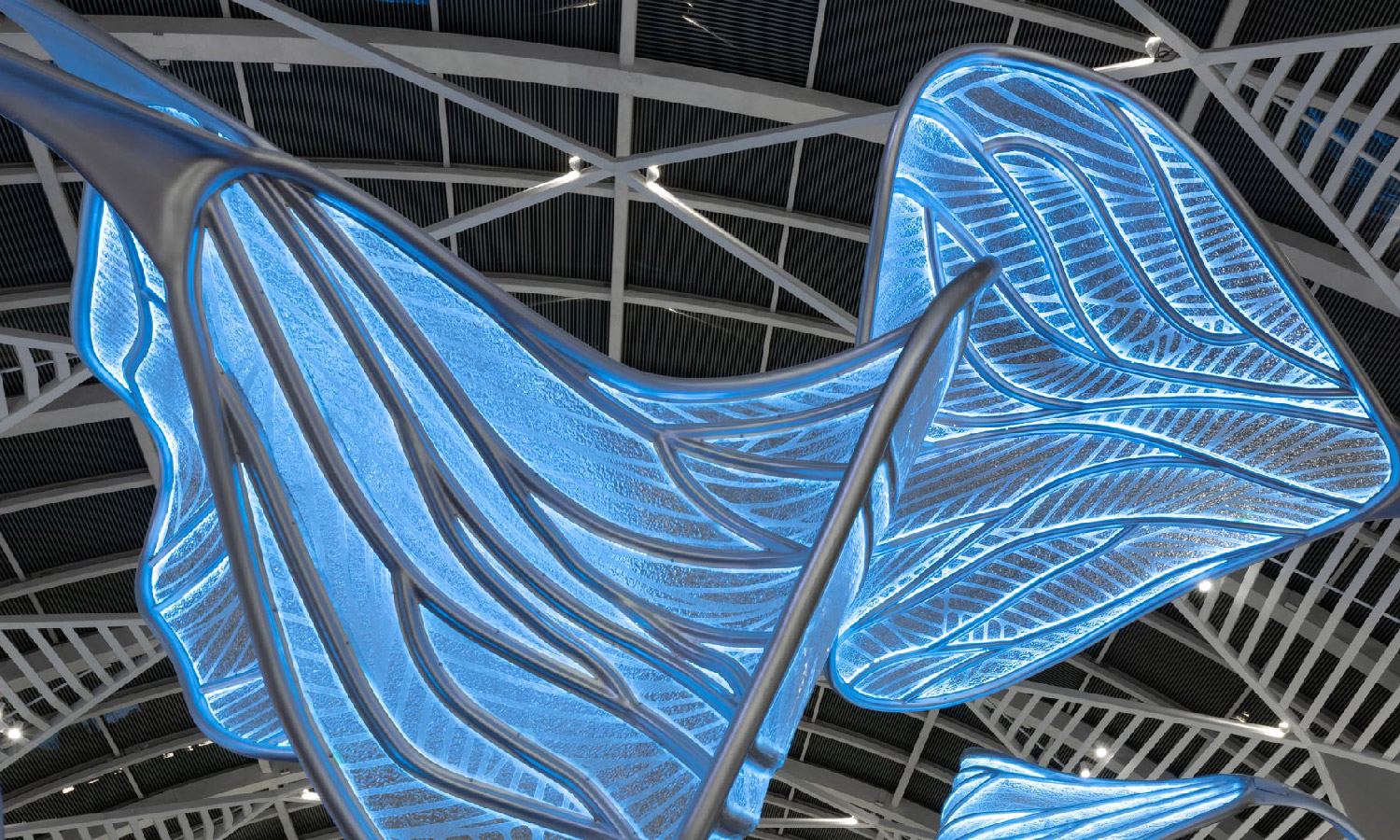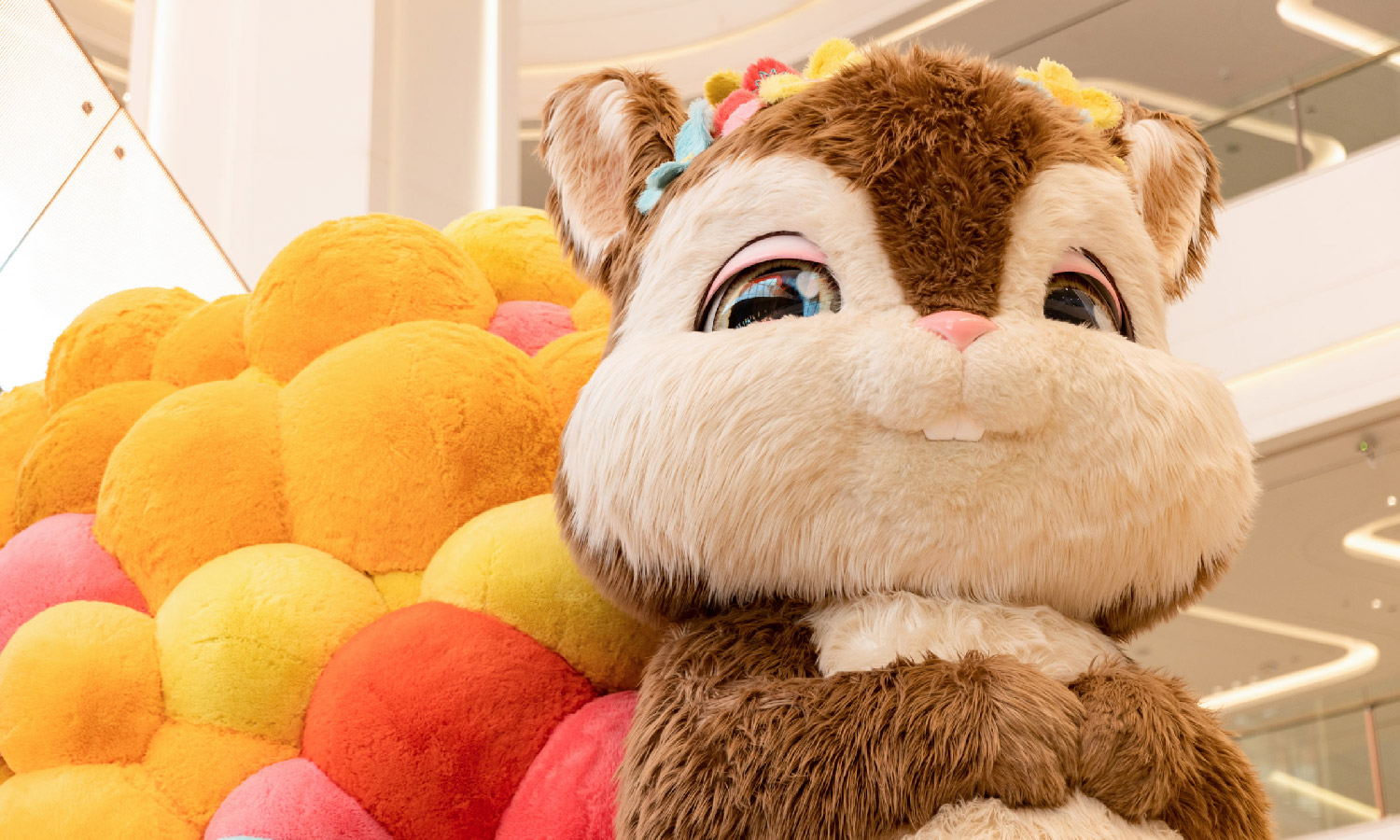DIFFERENT ART TOWNS
2025-09-14
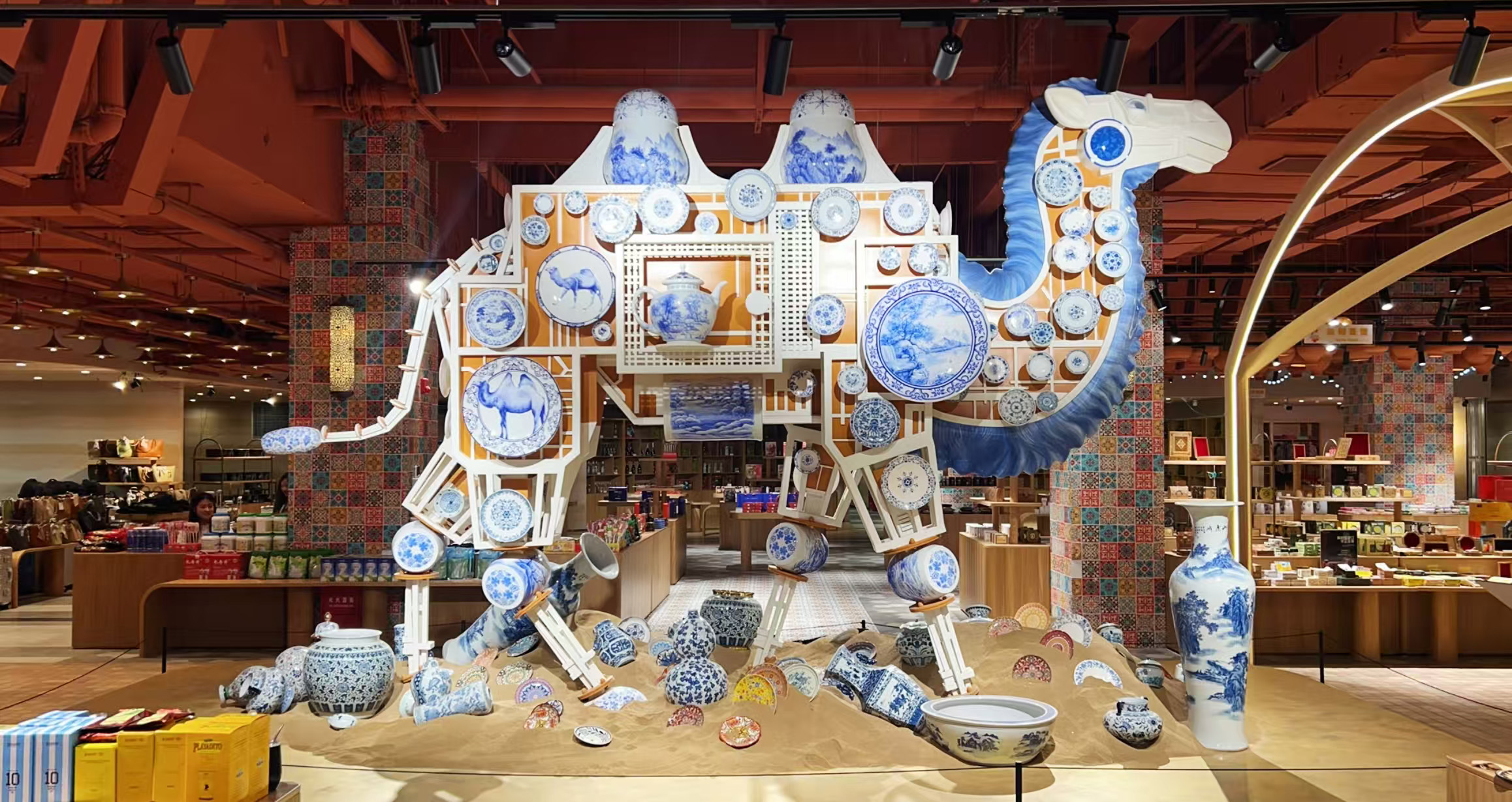

DIFFERENT ART TOWNS-
CULTURAL STROLL
CONCEPT: LET OBJECTS
BECOME TEXTURE

The starting point of this creation is a reflection on "how to make culture visible."
The camel is the most iconic symbol of the Silk Road; porcelain bears centuries-old cultural imprints of Jingdezhen. When the two meet, it becomes more than a mere superposition of elements, but an artistic experiment in how culture spreads and how it travels.
We don't view the camel as a single carrier, but rather as the embodiment of culture itself: traversing the wind and sand, crossing national borders, born from exchange, transformed by encounters.
Its body is not an abstract form, but a reassembly of real vessel shapes—the firmness of a hexagonal vase, the heaviness of a general vase, the graceful curves of a gourd vase, the stability of a tripod plate... These forms, imbued with meaning by history, have been repeatedly broken up and reassembled, ultimately converging into a new living structure.
And what this camel carries is not cargo, but the possibility of the mutual exchange of civilizations.

SPATIAL LANGUAGE:
CULTURAL CONTEXT IN PROGRESS

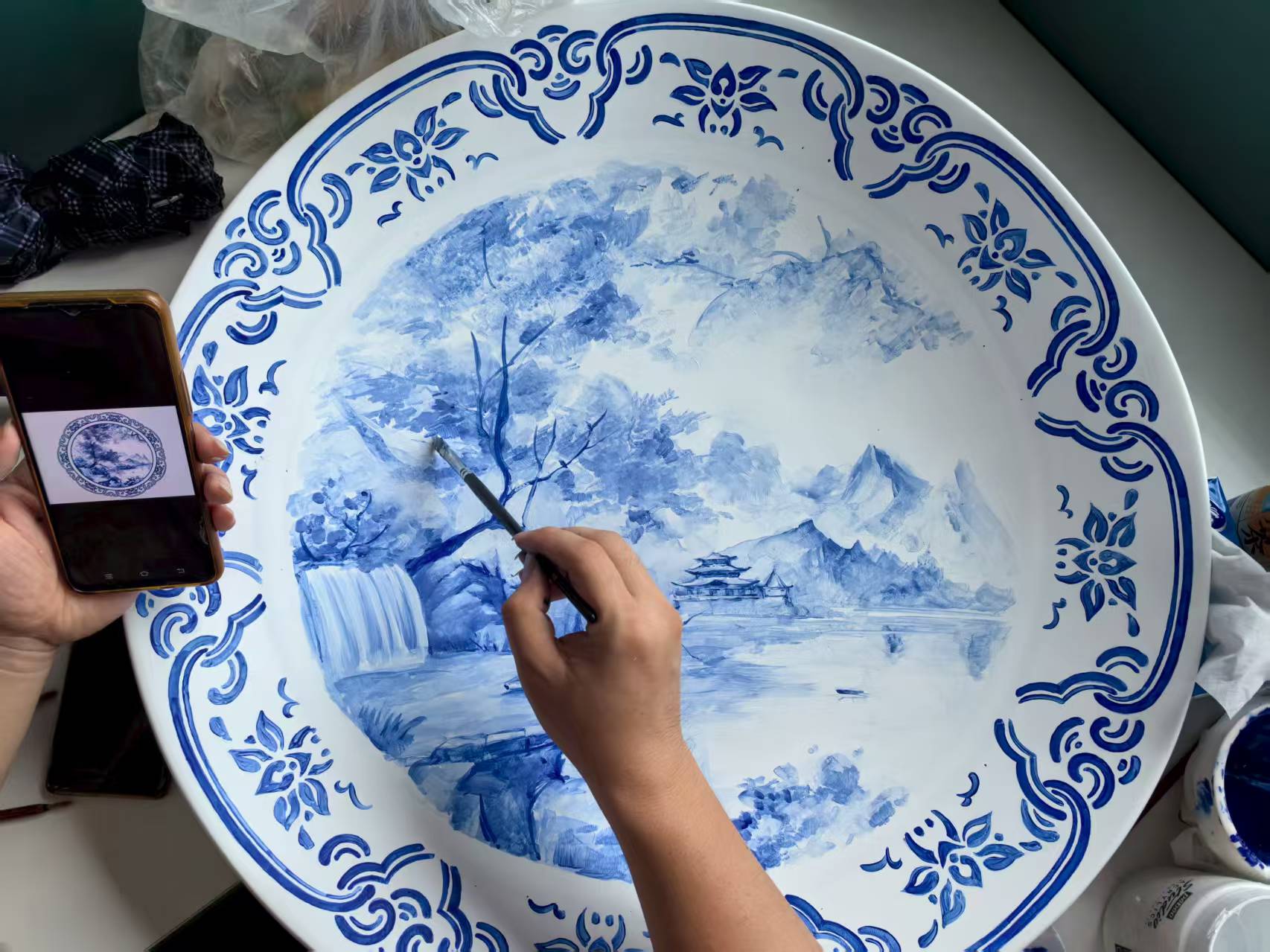
Throughout the history of the Silk Road, porcelain was more than just a commodity. It served as a messenger of cultural migration—repeatedly exporting and absorbing responses from afar.
When these vessels converge into the body of a camel, it becomes more than just a sum of materials; it becomes a visual representation of cultural context: the camel's march is the march of culture; the combination of these objects is the rebirth of history.
ARTISTIC INTENTION:
LET THE PAST CONTINUE TO HAPPEN
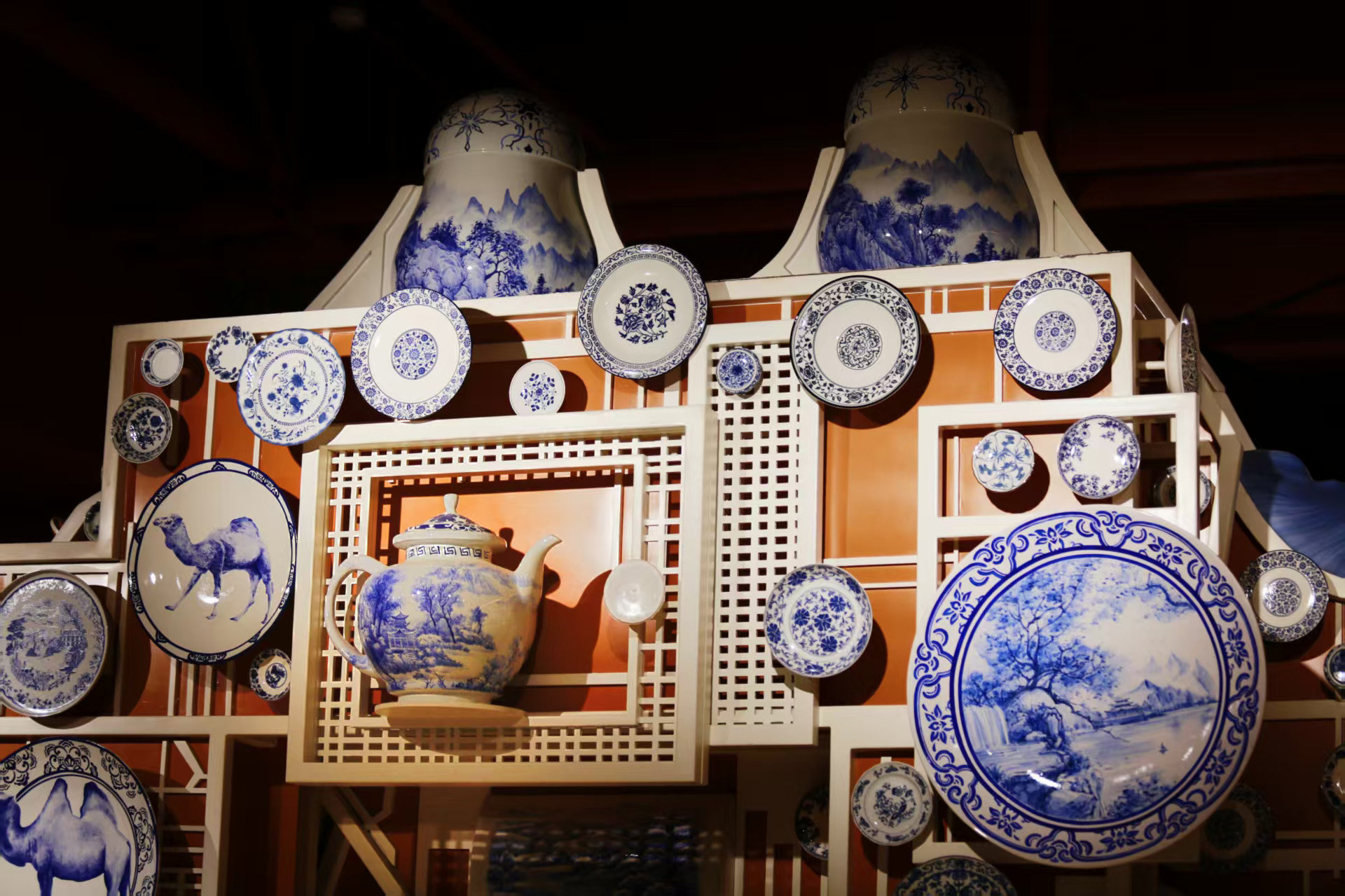
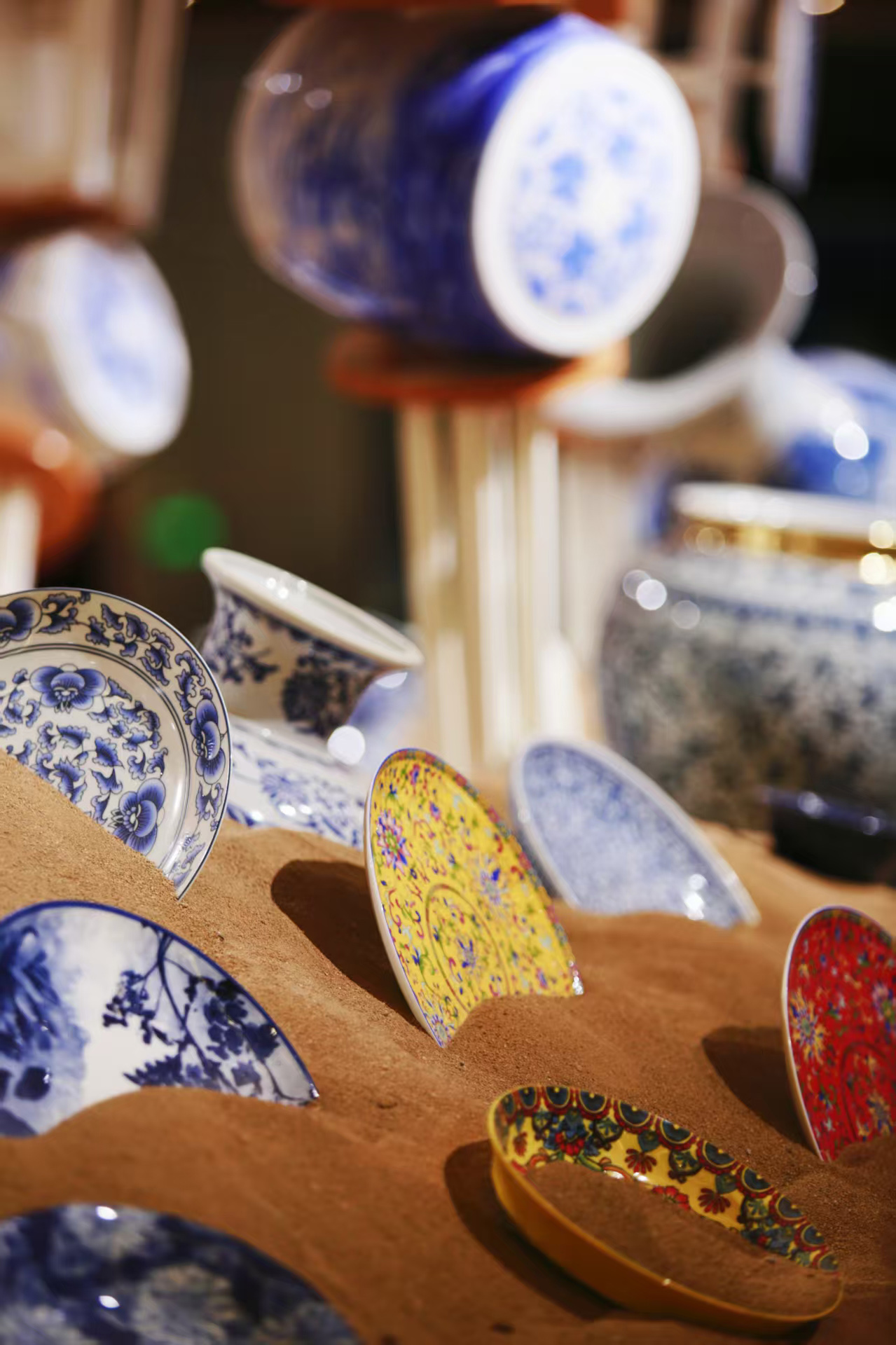
"Cultural Stroll" raises a question worth pondering: How can culture be reinterpreted in the contemporary era?
Rather than recreating historical scenes, we used installation art to reinvigorate culture with a sense of movement—transforming it from a static exhibit into a vibrant journey.
It reminds us that the meaning of culture lies not in preservation but in its continuous transport to new lands, in new contexts, and in the continuation of new dialogues.
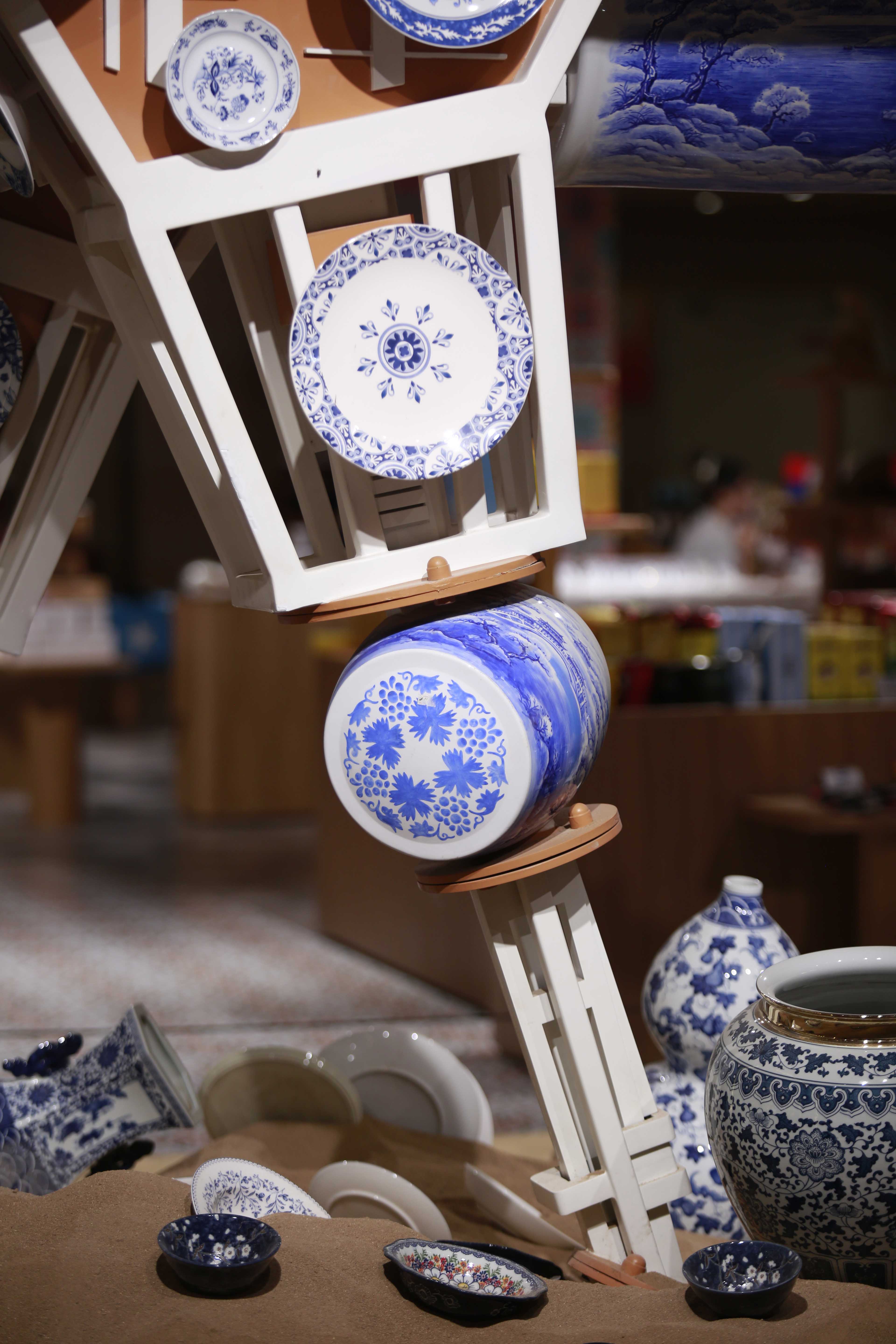
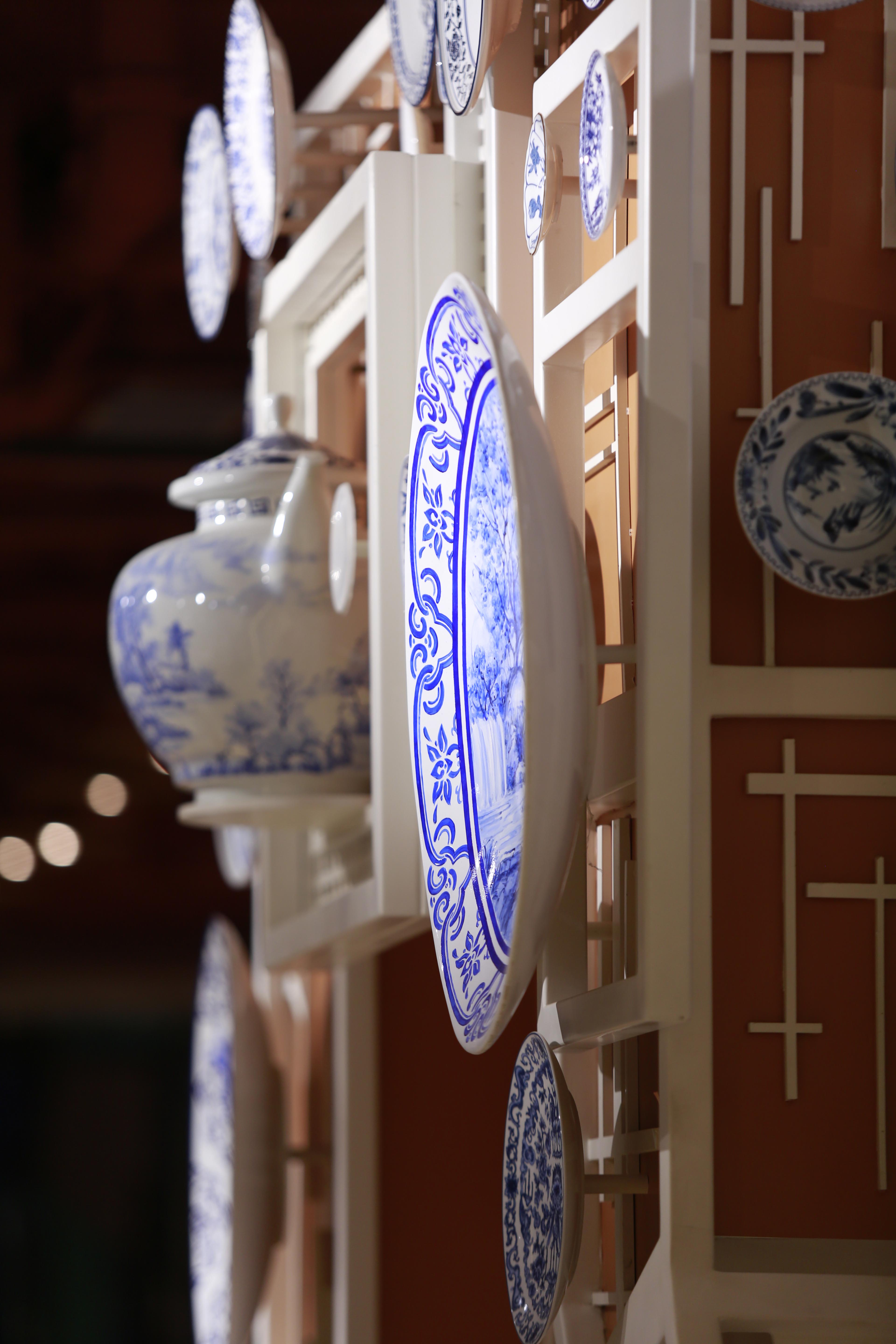
LET ART BECOME MORE THAN JUST AN OBJECT TO BE VIEWED,
BUT A BRIDGE FOR CULTURAL EXCHANGE—
ALLOWING ANCIENT STORIES TO BE RE-PERCEIVED AND RE-CONVERSED IN CONTEMPORARY SPACES.
